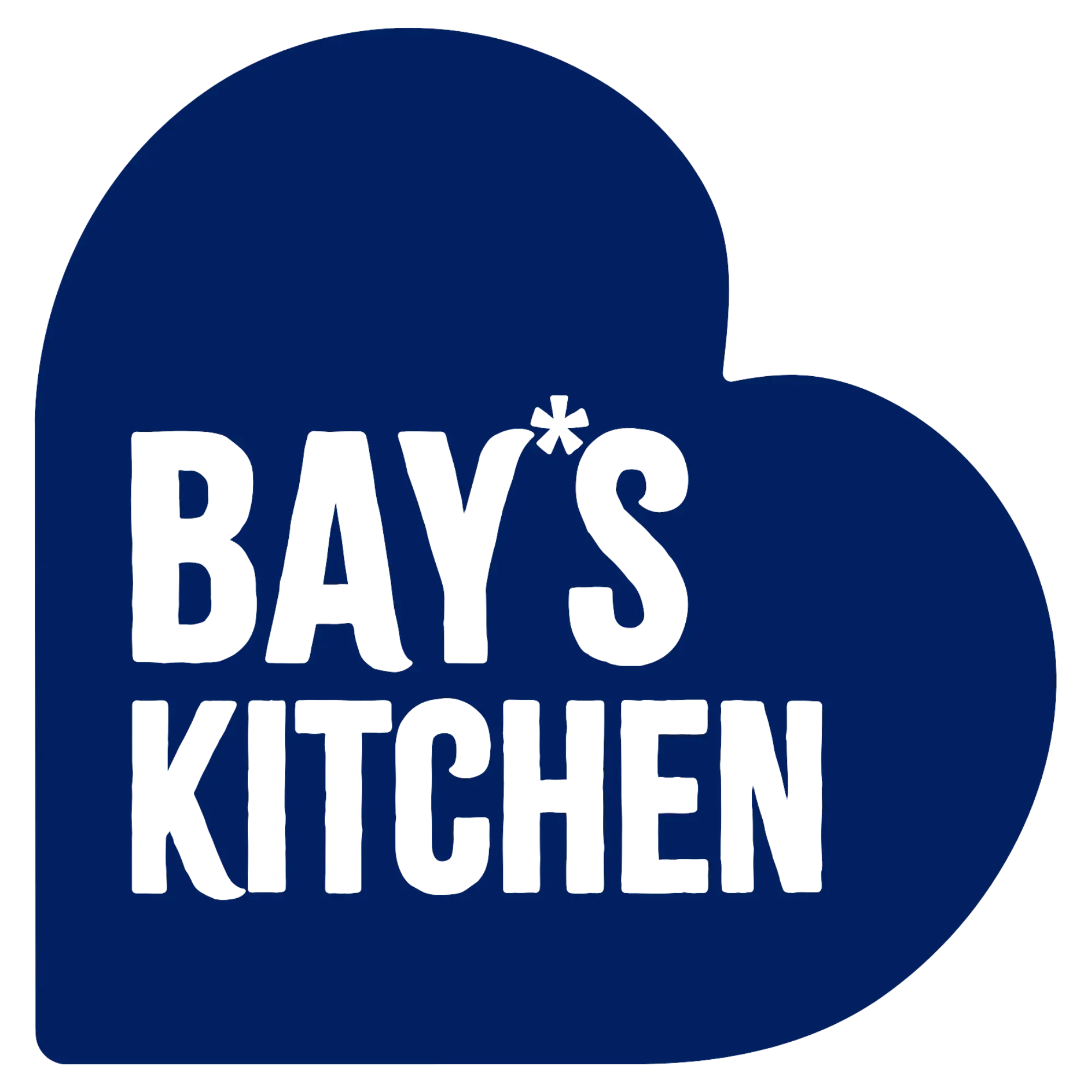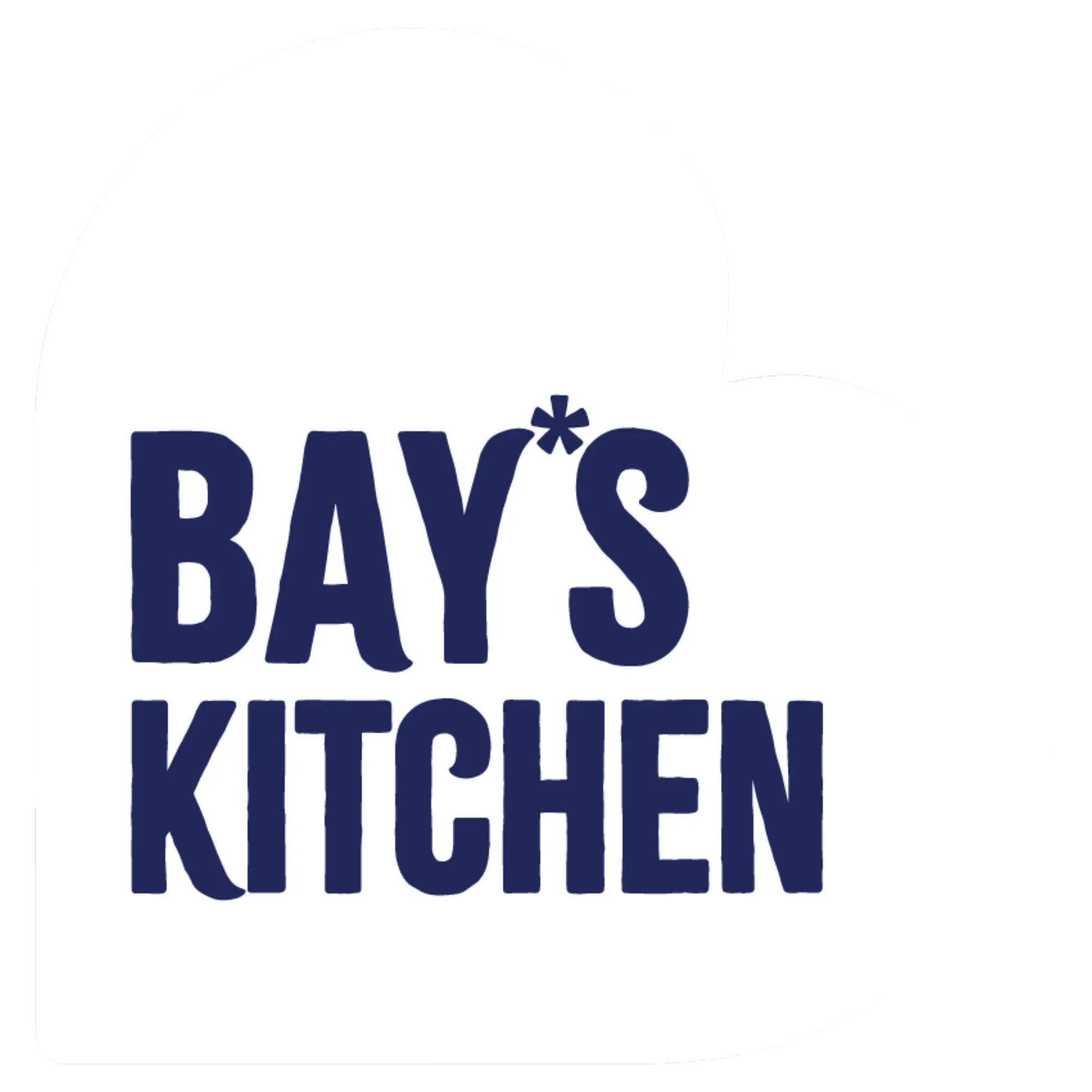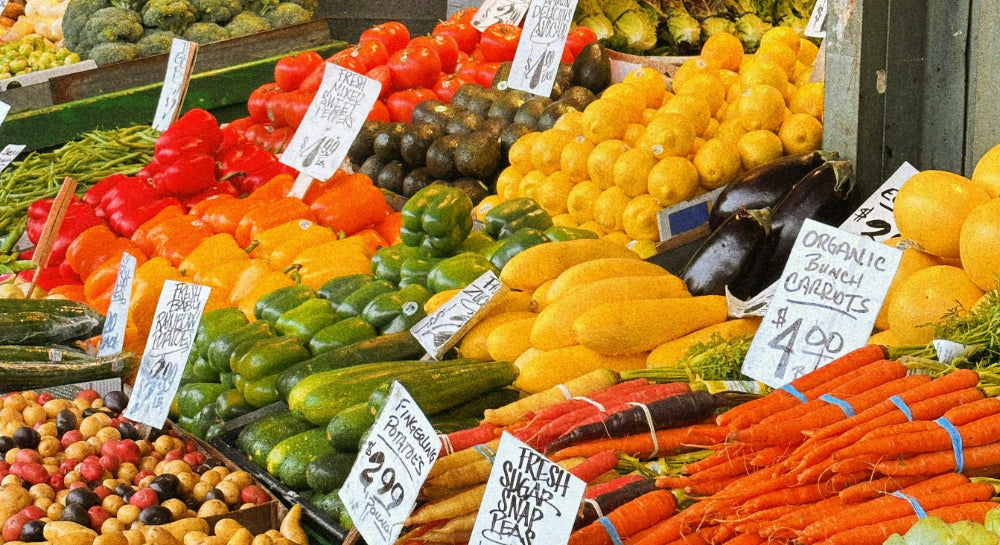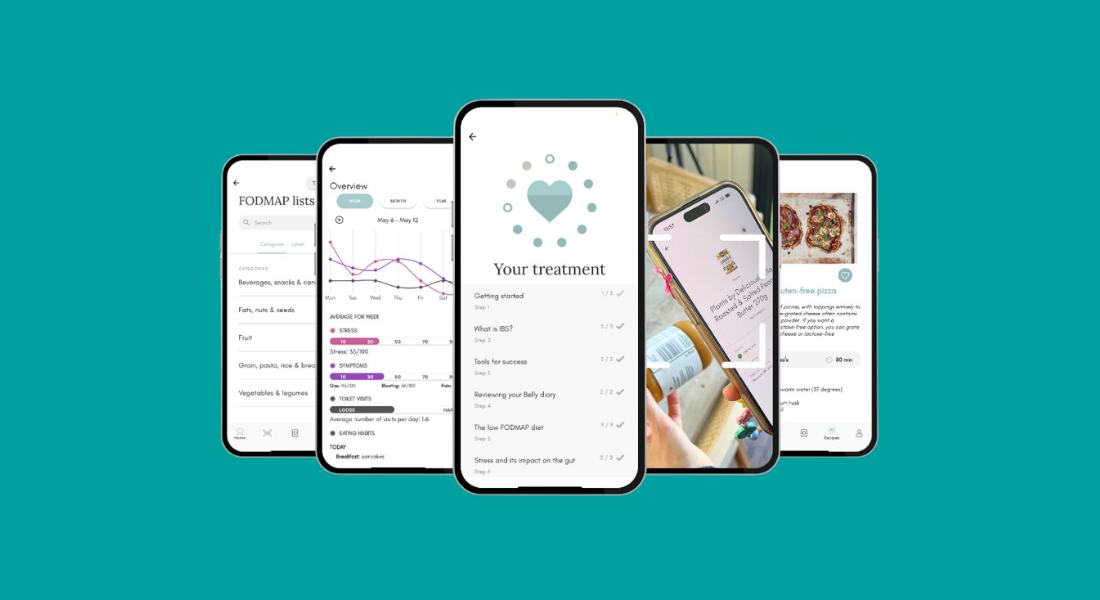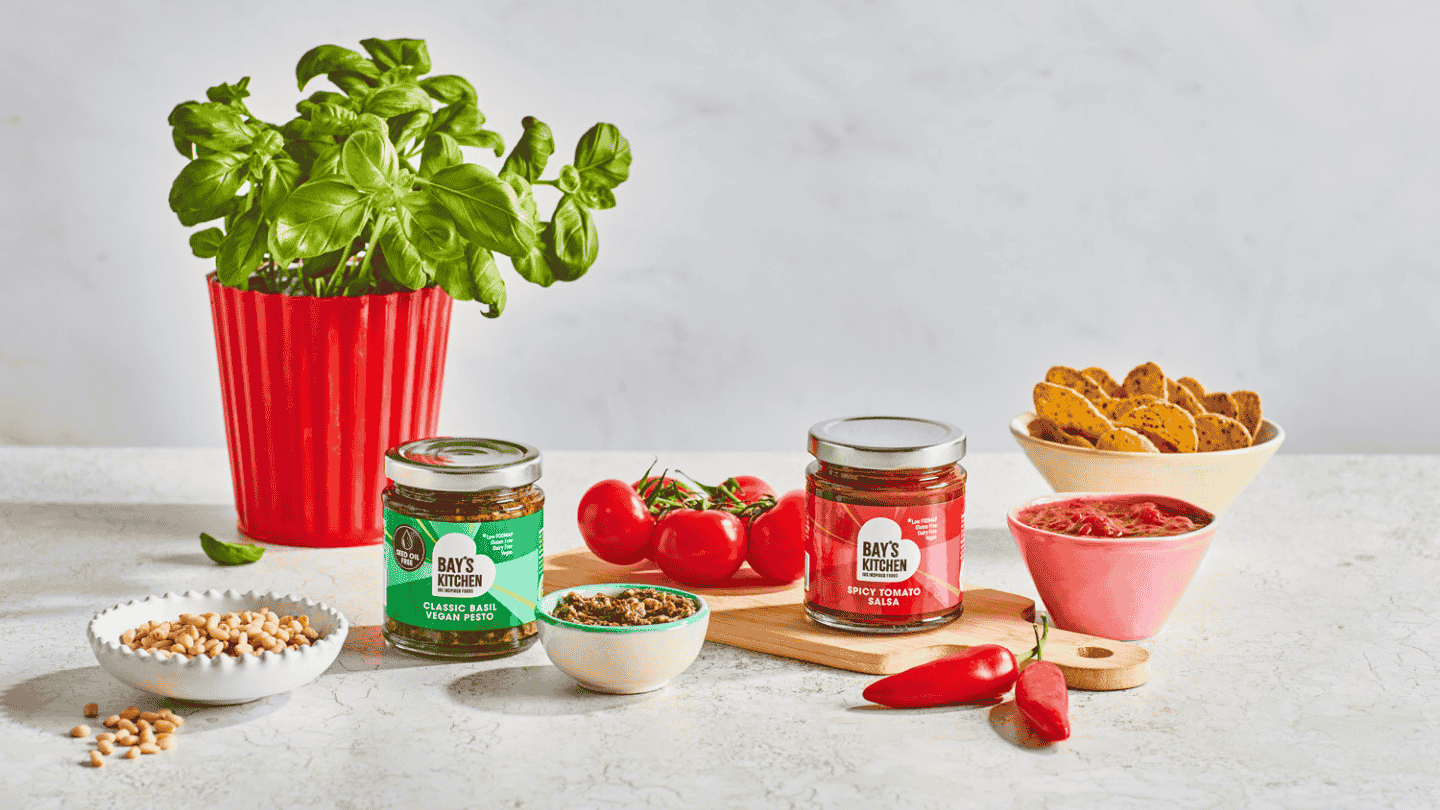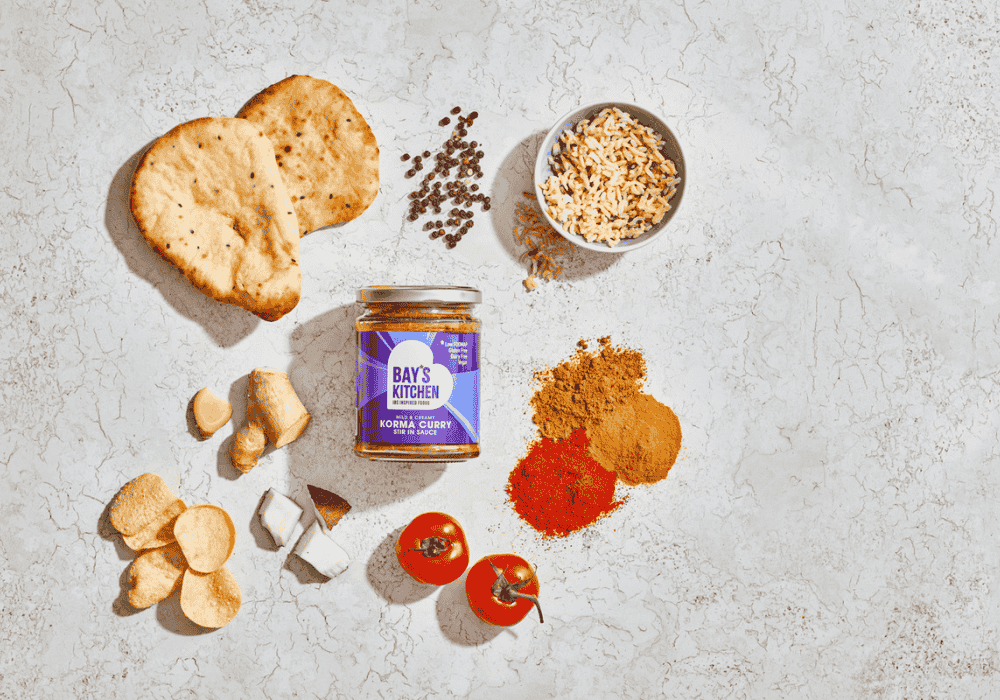Following a low FODMAP diet can be really tricky, especially when trying to ensure your meals are both delicious and nutritious. You've probably heard about the significance of getting your '5 a day' - not only are vegetables delicious, but they also provide essential vitamins, minerals, fibre, and antioxidants that contribute to good health, support your immune system, and help prevent chronic diseases.
To simplify your IBS journey and help you with your grocery shopping, we've created this blog post to guide you through which vegetables are low FODMAP. However, it’s not as straightforward as providing a black and white list - and we'll explain why.
An Important Note on Low FODMAP Quantities
When following a low FODMAP diet, it’s important to remember that some foods are safe to consume in specific quantities. This means that the suitability of certain foods isn’t always a simple yes or no answer. For instance, some vegetables may be low FODMAP in smaller portions, but can become high FODMAP if consumed in larger quantities.
It's also important to note that these quantities can change as new research emerges. We will do our best to keep this blog updated, but we highly recommend using the Monash University App alongside this blog post for the most accurate information. The app provides the latest safe quantities for most ingredients you can think of, making it an invaluable resource for managing your FODMAP consumption. As our go-to tool, we’ve found it significantly helps to make following the diet easier and more effective.
Low FODMAP Vegetables & Recommended Portion Sizes
There’s a large variety of vegetables you can eat, and we’ve included some of the most popular here, as well as the safe quantities per serving next to them. We’ve ordered this list from highest quantity to lowest so you can easily pick out vegetables to bulk out your meals:
|
Vegetables |
Low FODMAP quantity |
|
Leek (green leaves only) |
75g |
|
Edamame |
75g |
|
Bamboo Shoots (raw) |
75g |
|
Green Beans |
75g |
|
Green Bell Peppers |
75g |
|
Bok Choy |
75g |
|
Broccoli (heads only) |
75g |
|
White Cabbage |
75g |
|
Red Cabbage |
75g |
|
Carrots |
75g |
|
Celeriac |
75g |
|
Baby Corn |
75g |
|
Cucumber |
75g |
|
Lettuce |
75g |
|
Oyster Mushrooms |
75g |
|
Spring Onions (greens tops only) |
75g |
|
Parsnips |
75g |
|
Sweet Potato |
75g |
|
White Potato |
75g |
|
Radish |
75g |
|
Spinach |
75g |
|
Swiss Chard |
75g |
|
Kale |
75g |
|
Common Tomato |
65g |
|
Courgette |
65g |
|
Pickled Beetroot |
75g |
|
Olives |
60g |
|
Canned green peas |
53g |
|
Pumpkin |
46g |
|
Butternut Squash |
63g |
|
Cherry Tomato |
45g |
|
Red Bell Pepper |
43g |
|
Orange Bell Pepper |
38g |
|
Corn on the cob |
38g |
|
Yellow Bell Pepper |
35g |
|
Mangetout |
16g |
|
Frozen peas |
15g |
|
Sugar Snap Peas |
14g |
|
Celery (stalk only) |
10g |
Vegetables You Should Avoid
During the elimination phase of the low FODMAP diet, it’s important to avoid consuming any of the vegetables in quantities exceeding those listed in the above table. There aren’t many vegetables that are completely off the menu, but here are a few to watch out for:
- Cauliflower
- Chilli (ancho, chipotle)
- Garlic
- Mushrooms (button, black chanterelle, porcini, portobella, shiitake, enoki)
- Onion (red, white, shallot)
- Leek (bulb)
- Celery (bulb)
Don’t forget that staying clear of these veggies is just for the elimination phase of the diet. Once you enter the reintroduction phase, you will be able to test which of these you can tolerate and use this to structure your ongoing health.
Be Aware of FODMAP Stacking
It's important to remember that combining multiple low FODMAP ingredients can sometimes cause symptom flare-ups, particularly when the vegetables in question share the same type of FODMAP, such as fructose. This is because even small amounts of FODMAPs can add up and become problematic when consumed together.
One of the main reasons we developed our low FODMAP product range is to make meal preparation easier and more convenient for those following a low FODMAP diet. Unlike many store-bought sauces, ours are free from hidden hard-to-digest ingredients that can trigger symptoms and cause problems with FODMAP stacking.
With Bay’s Kitchen’s help, you can still create flavourful and convenient low FODMAP meals, without having to worry about deciphering complex ingredient lists or accidentally consuming FODMAPs.
How To Make Sure You Eat Enough Veggies on the Low FODMAP Diet
Getting enough vegetables during the elimination phase of the low FODMAP Diet can be difficult, especially due to the restrictive nature of the diet. To maintain proper nutrition and avoid deficiencies, we therefore recommend working with a nutritionist or dietitian. They can provide personalised guidance and help you develop a meal plan tailored to your specific needs.
In the meantime, consider these simple tips to increase your vegetable intake:
- Plan ahead: Meal planning is the easiest way to ensure you are eating enough vegetables and prevents you from getting overwhelmed trying to think of what to eat at the last minute. Here is a sample one-day low FODMAP meal plan for inspiration.
- Eat the rainbow: Try to eat a good variety of vegetables (and fruit) to ensure you’re getting a varied amount of nutrients. Variety is key.
- Check safe quantities: Using a table like the above can be incredibly useful. Measure out those veggies and make sure you’re focusing on what you can add in rather than what you are taking away from your meals.
- Recipes: Finding delicious low FODMAP recipes that pack in the veggies is a great way to try new things and to ensure you’re having fun in the kitchen. Check out our recipe recommendations below.
Our Favourite Low FODMAP Vegetable Recipes
Meal planning can be a daunting task, especially when following a low FODMAP diet. However, with our delicious low FODMAP recipes and cooking sauces, we aim to take the stress out of meal planning and make it an enjoyable experience.
At Bay's Kitchen, we pride ourselves on offering a wide range of delicious low FODMAP recipes. Here are some of our top picks that not only satisfy your taste buds, but also guarantee you're getting those essential veggies into your diet:
